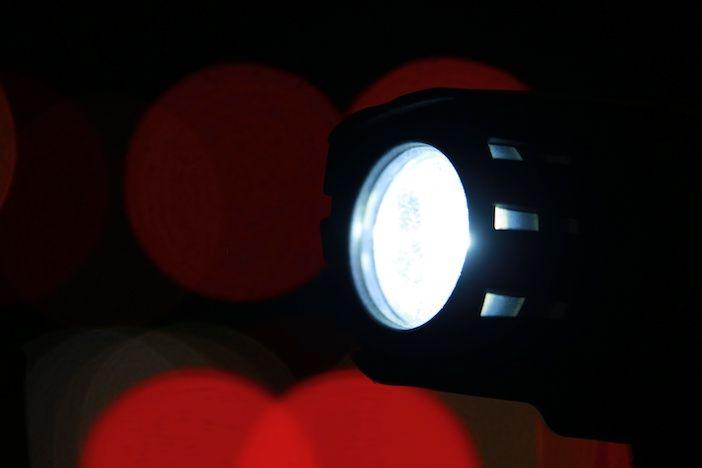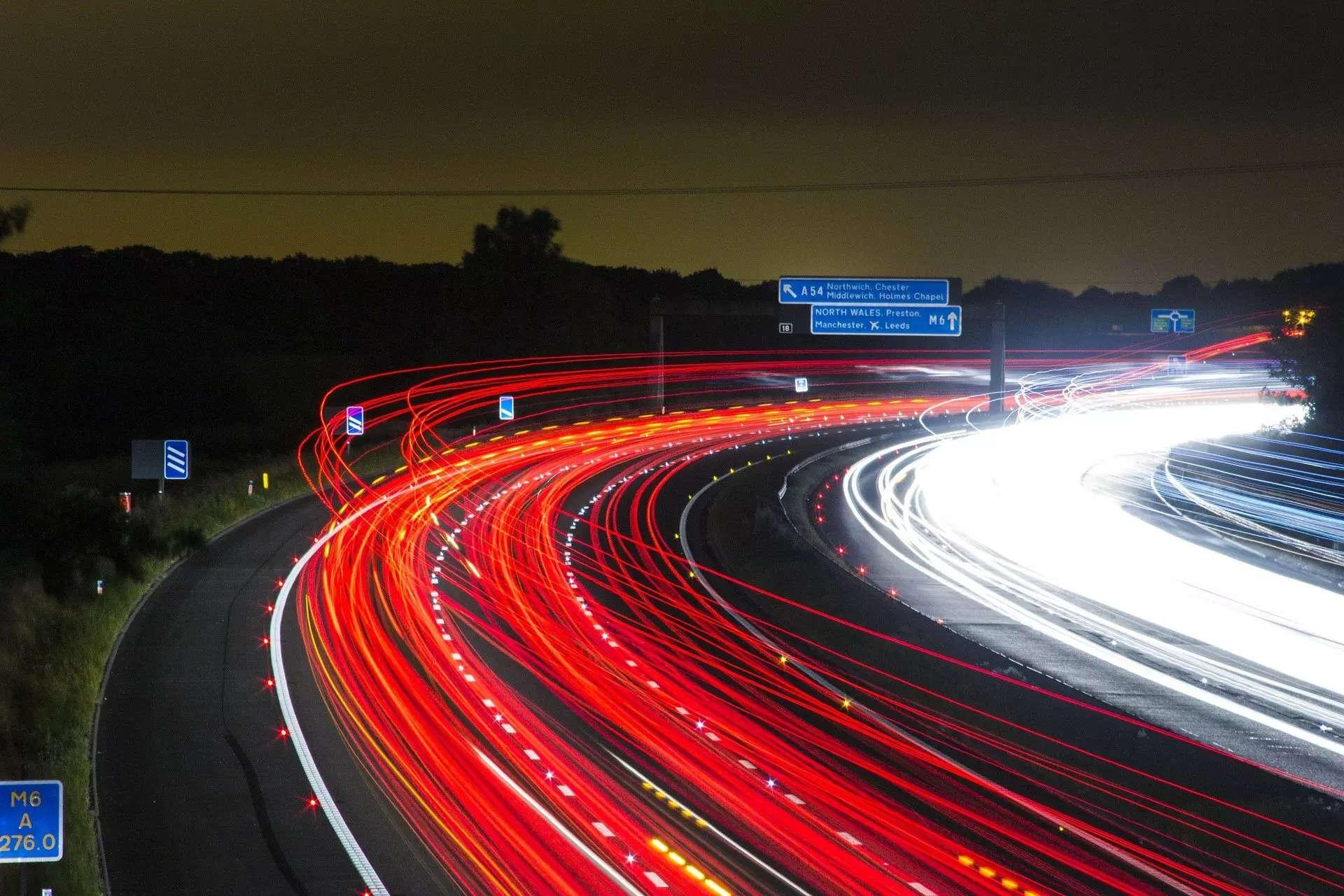Engineers propose adding a white light to traffic signals. This new color aims to accommodate autonomous vehicles (AVs).
The white phase would allow AVs to coordinate movements. Could this revolutionize our century-old traffic system?
How Close Are We to Driverless Cars?

Waymo operates self-driving taxis in California and Arizona. Tesla and other companies push AV technology forward.
The UK may allow AVs on roads by 2026. Will human drivers soon become obsolete?
Can Computers and Humans Share the Road?

North Carolina State University engineers develop new traffic system. The white light tells human drivers to follow the car ahead.
AVs communicate wirelessly with traffic signals. How will this hybrid system impact road safety?
What’s the Science Behind the White Light?

Computer simulations visualize the new traffic light system. AVs coordinate movements through intersections.
Human drivers follow AVs during white light phases. Could this reduce traffic congestion by 25%?
Pedestrians: How Do They Fit In?

Researchers expand the white phase concept to include pedestrians. The system improves efficiency for both vehicles and foot traffic.
Pedestrian safety remains a priority. Will this make crossing the street easier or more complex?
Traffic Lights: A 150-Year-Old Technology?

The first traffic light appeared in London in 1868. Electric traffic lights debuted in Ohio in 1914.
The UK adopted automatic traffic lights in 1927. How has this technology shaped our cities for over a century?
From Gas Lamps to AI: Evolution or Revolution?

Early traffic lights used gas and manual operation. Modern systems employ sophisticated computer control.
The white light proposal integrates AI and vehicle communication. Are we witnessing the biggest leap in traffic management since electrification?
Will White Lights Confuse Human Drivers?

The new system retains traditional red and green signals. White lights activate only with sufficient AV presence.
Human drivers follow simple “follow the leader” instructions. Can drivers adapt to this new color coding?
Energy Efficiency: An Unexpected Benefit?

Improved traffic flow could reduce fuel consumption. AVs optimize speed and braking patterns.
Less idling time at intersections saves energy. Could white lights be an eco-friendly solution to urban congestion?
The Road Ahead: When Will We See White Lights?

Implementing the system requires widespread AV adoption. Infrastructure updates would be necessary in cities worldwide.
Legal and regulatory challenges remain. How long until your commute includes a white light phase?


